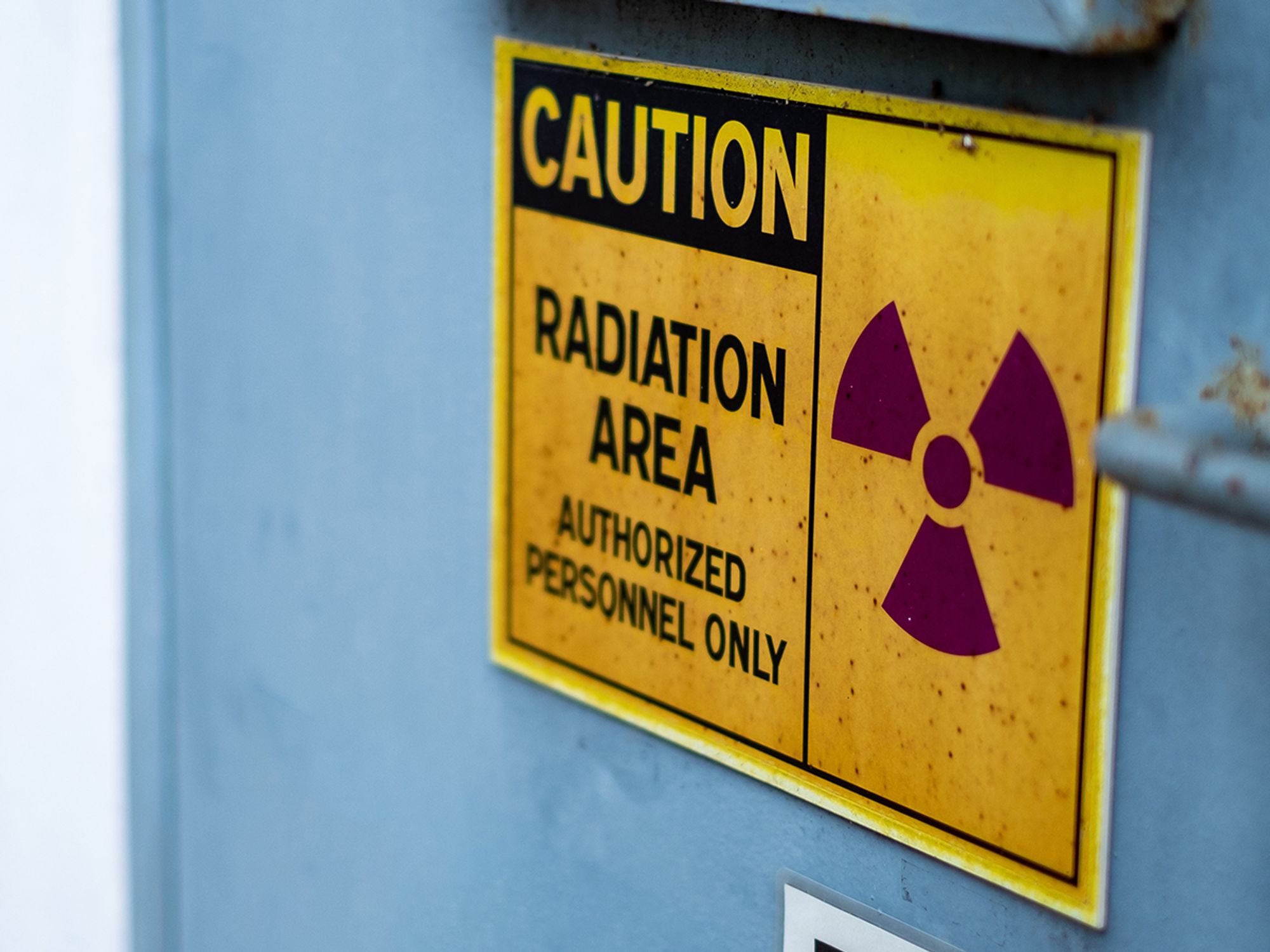Radiation

- The three types of harmful radiation, from least to most dangerous, are alpha, beta, and gamma.
- Sunburn is caused by UV radiation from the sun and is best avoided by minimizing direct sun exposure.
Radioactive materials emit one or more of three types of harmful radiation:
- Alpha radiation has limited penetration ability and is usually stopped by clothing and the outer layers of the skin. Alpha radiation poses little threat outside the body but can be hazardous if materials that emit alpha radiation are inhaled or ingested.
- Beta radiation can cause harmful “beta burns” to the skin and damage the subsurface blood system. Beta radiation is also hazardous if materials that emit beta radiation are inhaled or ingested. Use of protective clothing, coupled with scrupulous personal hygiene and decontamination, affords good protection against alpha and beta radiation.
- Gamma radiation easily passes through clothing and human tissue and can also cause serious permanent damage to the body. Chemical protective clothing affords no protection against gamma radiation itself. However, respiratory and other protective equipment can help keep radiation-emitting materials from entering the body by inhalation, ingestion, injection, or skin absorption.
If levels of radiation above natural background are discovered, a health physicist should be consulted. At levels greater than 2 mrem/hr, all site activities should cease until the site has been assessed by health physicists.
Sunburn
Prolonged exposure to ultraviolet radiation from the sun can produce sunburn. Symptoms include red, sensitive, inflamed skin and even blisters. General steps to relieve sunburn pain include:
- Soaking in cold water
- Drying the area
- Applying ointment
- Covering
For severe sunburn, medical treatment should be sought. The only way to prevent sunburn is to avoid sun exposure (by wearing a hat, long sleeves, and sunscreen).
When possible, work areas should be set up in a shaded location and tasks should be scheduled when individuals will not be exposed to direct sunlight, such as during the early morning or late afternoon.
